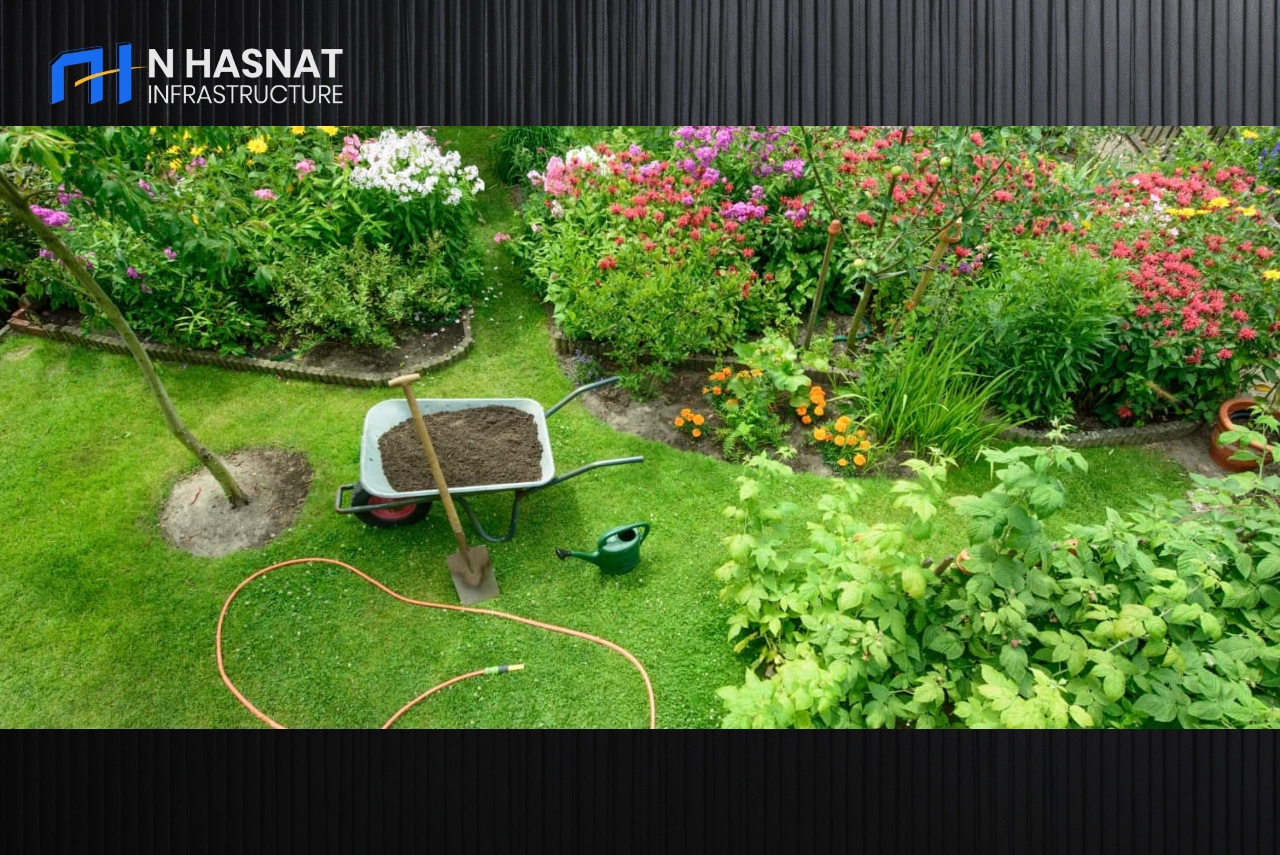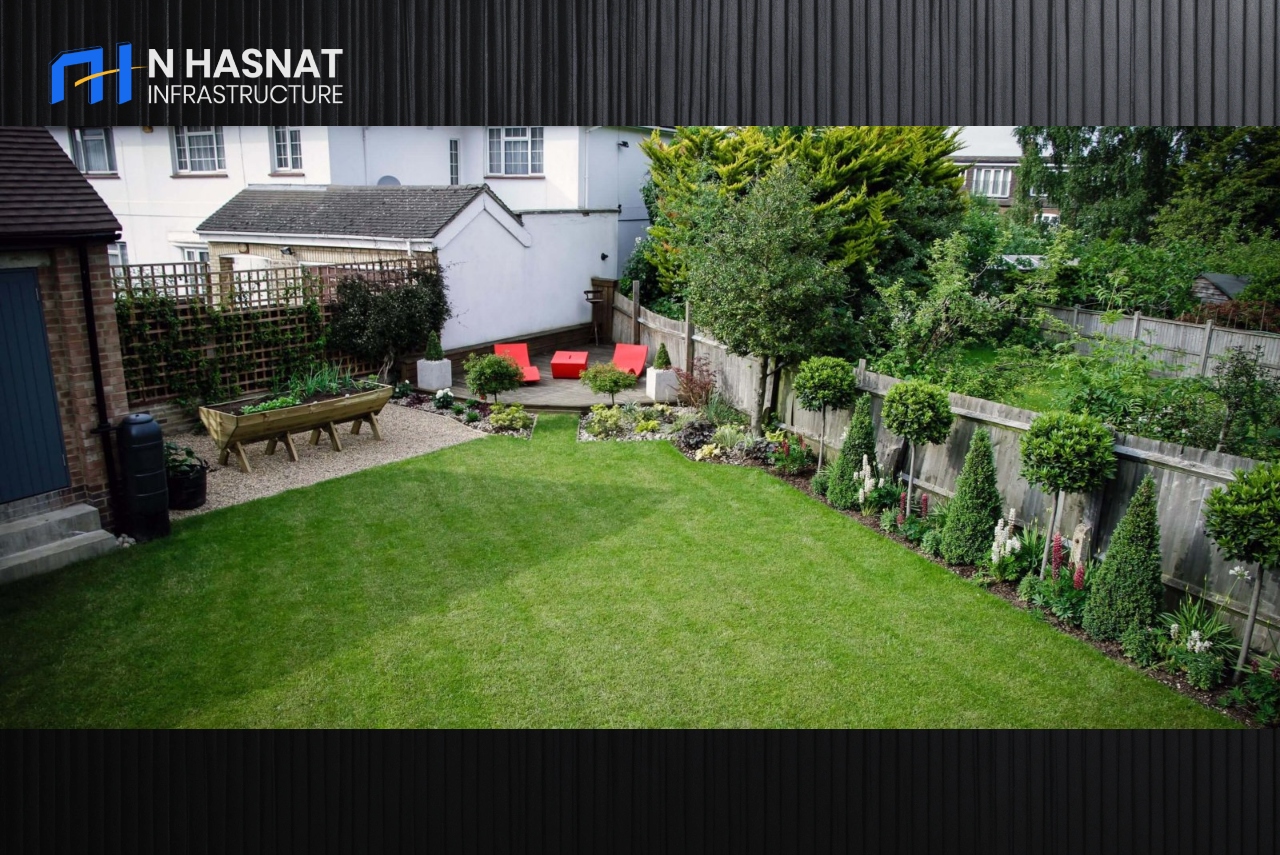
◈ What is the Difference Between Gardening and Landscaping
When it comes to beautifying your outdoor space, two terms often come to mind: gardening and landscaping. While they are closely related and can complement each other, there are distinct differences between the two practices. In this article, we will explore these differences, helping you understand the unique roles each plays in creating stunning outdoor environments.
Gardening: Cultivating Nature's Beauty
Definition of Gardening
**Gardening** is the art and science of cultivating and growing plants, typically within a designated area known as a garden. It encompasses a wide range of activities related to plant care and maintenance. Gardening enthusiasts often focus on nurturing plants for their aesthetic appeal, as well as for food production, habitat creation, and environmental benefits.
Key Aspects of Gardening
1. Plant Selection
Gardeners carefully select and cultivate specific plant varieties, taking into consideration factors such as climate, soil type, and local conditions. This selection process contributes to the overall aesthetics and functionality of the garden.
2. Plant Care
Gardeners are responsible for the ongoing care of plants, including watering, fertilizing, pruning, and disease control. The goal is to ensure the health and vitality of the garden's flora.
3. Aesthetic Appeal
Gardening often focuses on creating visually pleasing arrangements of plants, flowers, and other natural elements. It's an art form that involves color coordination, texture contrast, and careful planning.
4. Seasonal Changes
Gardens evolve with the seasons, showcasing different blooms, colors, and scents throughout the year. This dynamic aspect of gardening keeps the outdoor space interesting and engaging.
Landscaping: Shaping Outdoor Spaces
Definition of Landscaping
**Landscaping** is the practice of designing and altering the physical attributes of outdoor spaces to achieve specific functional and aesthetic goals. It involves planning, hardscaping (construction elements like pathways and structures), and softscaping (planting and vegetation) to create a harmonious and functional environment.
Key Aspects of Landscaping
1. Site Planning
Landscapers evaluate the terrain, topography, and existing features of a site to determine how to optimize its use. This includes planning the layout of pathways, patios, and other hardscape elements.
2. Hardscape Design
Hardscape elements like stone pathways, decks, pergolas, and water features are integral to landscaping. They provide structure and functionality to outdoor spaces.
3. Softscape Integration
While landscaping includes the placement of plants and vegetation, it is not limited to gardening. Landscapers strategically incorporate softscape elements to enhance the overall design and functionality of the space.
4. Maintenance Planning
Landscaping also involves planning for the long-term maintenance of the outdoor space. This may include irrigation systems, lighting, and ongoing care of both hardscape and softscape components.

The Synergy Between Gardening and Landscaping
Gardening and landscaping are not mutually
exclusive; in fact, they often work hand in hand. A beautifully landscaped
outdoor area typically incorporates carefully curated gardens. Here's how they
can complement each other:
1. Garden Features in Landscaping
Landscapers may design areas within the outdoor space specifically for gardening. These garden "rooms" can be seamlessly integrated into the overall landscape design, enhancing the aesthetic appeal and functionality of the space.
2. Softening Hardscapes
Gardens play a crucial role in softening the sometimes rigid lines of hardscape elements like stone pathways and walls. The juxtaposition of plants against these hard elements can create a visually pleasing contrast.
3. Seasonal Interest
Gardens within a landscaped space can provide seasonal interest, adding vibrancy and color to the environment as the seasons change.
External Resources
If you're interested in learning more about gardening and landscaping, here are some external resources:
1. The Royal Horticultural Society (RHS): A comprehensive source for gardening tips, plant information, and horticultural advice.
2. American Society of Landscape Architects (ASLA): Explore landscape design trends, projects, and resources from professionals in the field.
In conclusion, while gardening and landscaping share the goal of enhancing outdoor spaces, they differ in their primary focus and activities. Gardening centers on plant cultivation and aesthetics, while landscaping encompasses the broader design and construction aspects of outdoor spaces. When used together, these two practices can create truly stunning and functional outdoor environments that enhance the beauty and enjoyment of your outdoor space.
